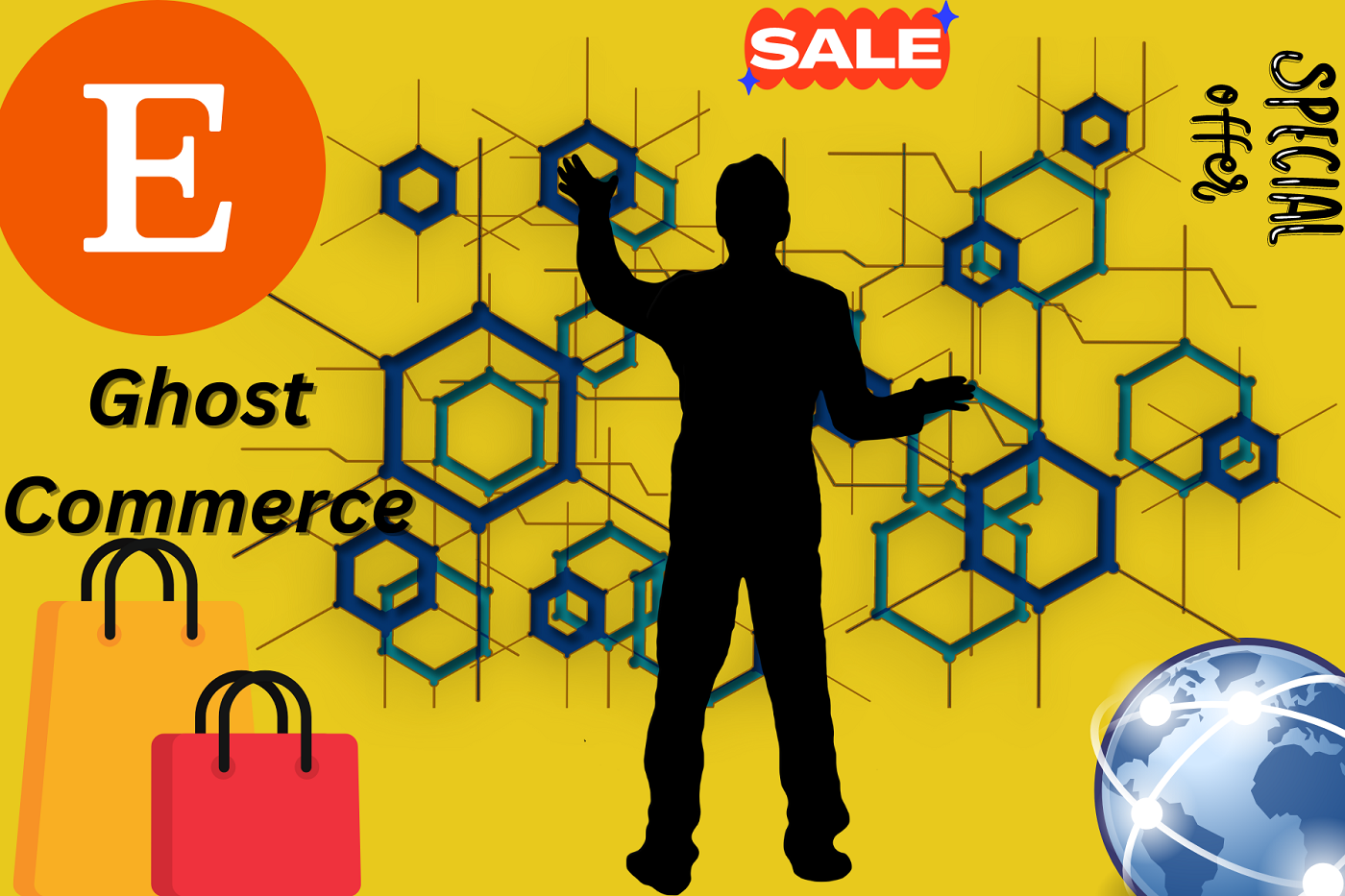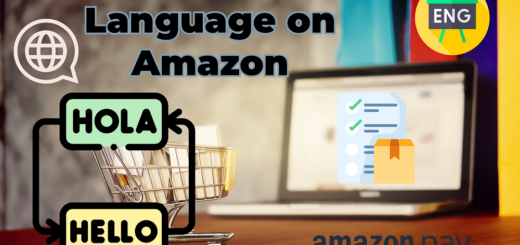Ghost Commerce Unlocking: A New Dimension of E-Commerce

Ghost commerce an interesting idea has surfaced in the dynamic layout of e-commerce, landing the attention of businesses and consumers.. This innovative approach challenges traditional paradigms, reconsidering how we perceive online shopping and consumer relations. In this composition, we will claw into the depths of Ghost Commerce, exploring its substance, counter-charges, and implicit to reshape the e-commerce landscape.
Understanding Ghost Commerce
Defining Ghost Commerce
It refers to a cutting-edge paradigm in e-commerce where the traditional boundaries between online and offline shopping are blurred. It involves leveraging advanced technologies such as artificial intelligence, virtual reality, unique digital marketing, and augmented reality to create an immersive and seamless shopping experience.

In the dynamic landscape of e-commerce, an intriguing concept has emerged, capturing the attention of businesses and consumers alike: Ghost Commerce. This innovative approach challenges traditional paradigms, redefining how we perceive online shopping and consumer interactions. In this article, we will delve into the depths, exploring its essence, implications, and potential to reshape the e-commerce landscape.
The Evolution of E-Commerce
E-commerce, short for electronic commerce, is a digital phenomenon that has transformed the way we buy and sell goods and services. It involves conducting commercial transactions over the internet, allowing businesses and consumers to interact, browse products, and make purchases online. From retail giants to small entrepreneurs, e-commerce provides a virtual marketplace that transcends geographical boundaries, enabling convenient and efficient transactions in today’s interconnected world.
E-commerce has evolved significantly over the years, from simple online storefronts to sophisticated platforms offering personalized recommendations and interactive interfaces. Ghost Commerce takes this evolution a step further by introducing a new layer of interactivity and engagement.
The Ghost Commerce Experience
Seamless Shopping Beyond Borders
One of the key aspects of Ghost Commerce is its ability to transcend geographical limitations. Consumers can explore virtual stores from around the world, browse products, and make purchases as if they were physically present.
AI-Powered Personalization
It refers to the use of artificial intelligence (AI) technologies and techniques to tailor and customize experiences, content, products, or services to individual users based on their preferences, behaviors, and characteristics. This approach aims to create more relevant and engaging interactions by leveraging data and algorithms to deliver content or recommendations that are specifically suited to each user’s unique needs and interests.
In various industries, such as e-commerce, online advertising, content delivery, and customer service, AI-powered personalization can analyze large volumes of data, including user behavior, purchase history, demographic information, and browsing patterns, to make intelligent predictions about what a particular user might want or need. This information is then used to make real-time decisions about which content, products, or offers to present to the user, with the goal of enhancing user satisfaction, increasing engagement, and driving desired actions, such as purchases or conversions.
Key components of AI-powered personalization include machine learning algorithms, natural language processing, data analysis, and user profiling. These technologies work together to create a dynamic and adaptive experience that evolves as the AI system learns more about the user over time.
Overall, AI-powered personalization seeks to create more meaningful and valuable interactions between users and digital platforms by leveraging AI’s capabilities to deliver tailored experiences that resonate with individual preferences and behaviors.

Virtual Reality Shopping
Virtual reality (VR) plays a pivotal role by simulating real-world shopping environments. Shoppers can do VR headsets and walk through digital malls, examining products up close before making informed decisions.
Challenges and Opportunities
Data Security and Privacy
As with any technological advancement, data security and privacy are paramount. Striking a balance between offering personalized experiences and safeguarding sensitive information presents a challenge for Ghost Commerce.
Bridging the Digital Divide
While Ghost Commerce opens exciting possibilities, it also raises concerns about accessibility. Bridging the digital divide to ensure equitable access to these innovations is a crucial opportunity.
Augmented Reality Integration
Integrating augmented reality (AR) enhances the experience by overlaying digital information onto the physical world. Imagine trying on virtual clothes or visualizing furniture in your living room before purchase.
Ghost Commerce in Action
Case Study: Hauntify Virtual Mall
Hauntify, a pioneer in Ghost Commerce, has revolutionized the retail landscape. Their virtual mall offers a diverse range of brands and products, complete with interactive features that mimic an in-person shopping spree.
Transforming Retail Business Models
Ghost Commerce challenges traditional retail models, prompting businesses to rethink their strategies. Embracing this innovation allows retailers to reach a wider audience and create memorable shopping journeys.
Social Media Integration
Integrates with social media platforms, enabling users to share their virtual shopping experiences. This integration amplifies brand visibility and fosters a sense of community among shoppers.

The Future of Ghost Commerce
Navigating Regulatory Landscapes
As Ghost Commerce gains momentum, regulatory frameworks will need to adapt. Addressing legal and ethical concerns while fostering innovation will shape the future trajectory of this paradigm.
Shaping Consumer Behavior
It has the potential to influence how consumers shop and interact with products. It may encourage more deliberate and immersive purchasing decisions, revolutionizing the way we approach online shopping.
Environmental Impact
Reducing the carbon footprint of traditional retail is a notable benefit of it. By minimizing the need for physical stores and optimizing supply chains, this approach contributes to a more sustainable future.
Conclusion : Ghost Commerce
Ghost Commerce represents a thrilling evolution in the e-commerce realm. Blending technology, personalization, and immersive experiences, it offers a glimpse into the future of shopping. As businesses embrace this paradigm shift, consumers can anticipate more engaging, convenient, and boundary-breaking retail experiences.
FAQs about Ghost Commerce
1. What exactly is Ghost Commerce?
It is an innovative approach in e-commerce that blurs the lines between online and offline shopping through advanced technologies.
2. How does Ghost Commerce use virtual reality?
It employs virtual reality to create immersive shopping environments, allowing users to explore digital stores and interact with products.
3. What challenges does Ghost Commerce face?
Yes it grapples with data security, accessibility, and regulatory adjustments to ensure responsible and equitable implementation.
4. Can Ghost Commerce influence sustainable practices?
Yes, it can contribute to sustainability by reducing the environmental impact of traditional retail through optimized supply chains and reduced physical stores.
5. Is Ghost Commerce the future of online shopping?
It holds great potential, its future role will depend on how businesses, consumers, and regulators navigate its challenges and opportunities.



